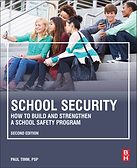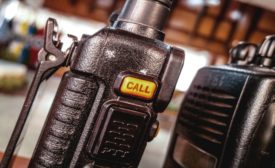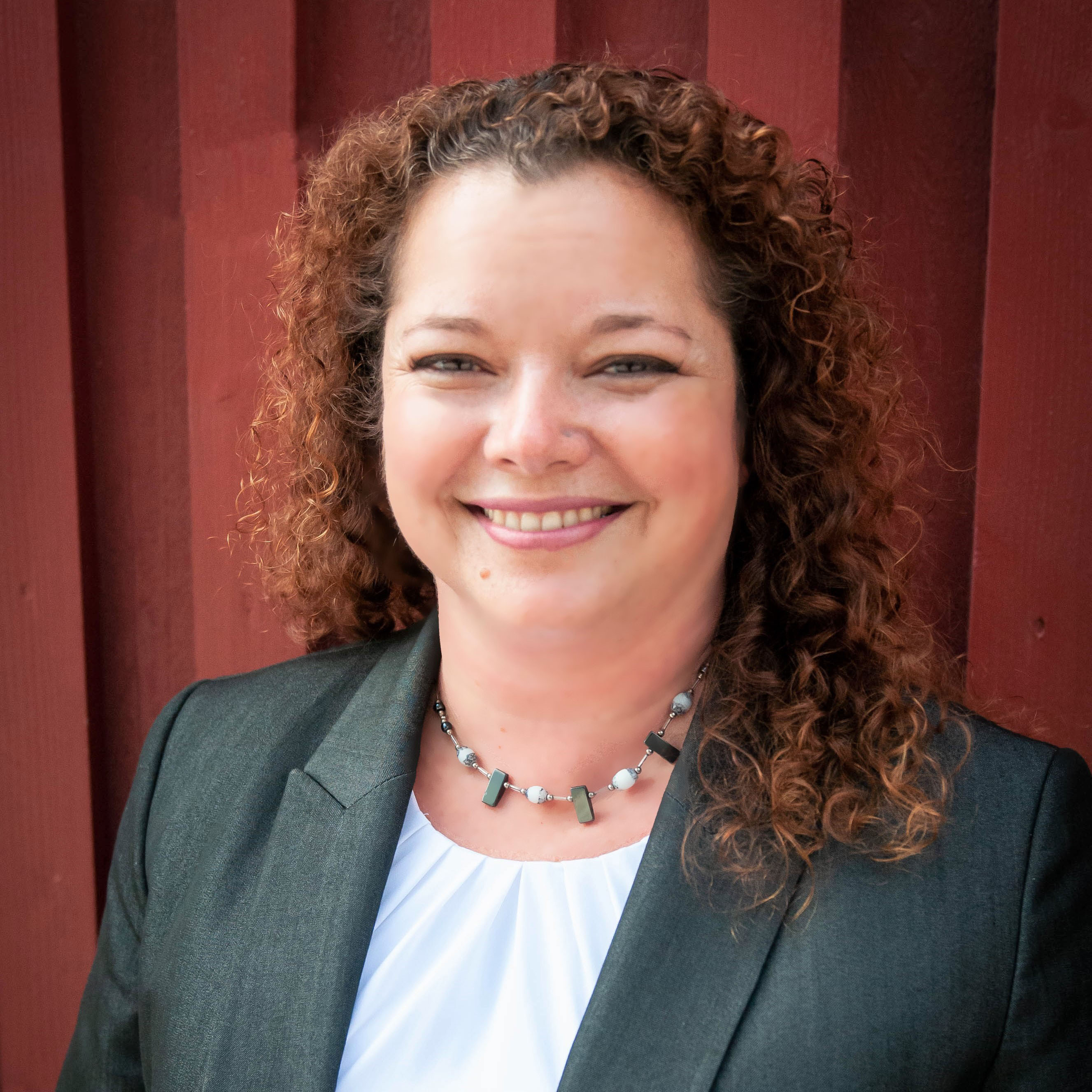Access Management
Product spotlight on sports, stadiums and venue security
As COVID-19 remains a threat, security leaders at sporting events and entertainment venues need to pivot and change course as needed — relying on security technology, procedures and policies to support the health and safety of players, fans, visitors and staff. Here is a sampling of security technologies offered.
May 17, 2021
Enterprise Services
The state of loss prevention and asset protection
Let’s take a look at pain points, best practices and COVID-19’s impact on loss prevention.
May 13, 2021
The future of AI integration with secured entrances
Integrated solutions using advanced analytics and artificial intelligence (AI) bring expanded functionality and enhanced security to swinging doors and turnstiles
May 11, 2021
Sign-up to receive top management & result-driven techniques in the industry.
Join over 20,000+ industry leaders who receive our premium content.
SIGN UP TODAY!Copyright ©2024. All Rights Reserved BNP Media.
Design, CMS, Hosting & Web Development :: ePublishing













